Best AI Image Creation Software in 2025
If you’re searching for the most powerful and user-friendly AI Image Creation Software, 2025 has a few standout tools. Whether you’re an artist, marketer, business owner, or creative hobbyist, these tools offer fast, intuitive, and high-quality image generation. Below are our top picks for this year, starting with the leading platform, Zooli.ai.
Zooli.ai
Zooli.ai has emerged as the best AI image generator in 2025 due to its user-first approach, powerful rendering engine, and flexible output styles. It’s designed to cater to a wide user base—from marketers and designers to hobbyists and social media creators—offering ease without sacrificing performance.
Pros
Intuitive Interface: Even complete beginners can start creating stunning AI images within minutes. No coding or complex settings are required.
Advanced Prompt Understanding: Zooli.ai supports detailed prompt customization with stylistic keywords and scene elements, resulting in highly accurate outputs.
Frequent Updates: It keeps up with visual trends like cinematic lighting, stylized portraits, product mockups, and minimalist backgrounds.
Flexible Style Control: Users can generate art in various styles—realistic, 3D, anime, surreal, or even custom presets.
Cons
Sign-Up Required: Advanced features like HD downloads and batch generation are locked behind account creation.
Limited Third-Party Integrations: Unlike Adobe or Canva, Zooli.ai doesn’t yet fully integrate with mainstream design tools.
Specs and Configurations
Platform Support: 100% browser-based with mobile-optimized access.
Image Formats: Outputs in PNG, JPG, and transparent background (ideal for designers).
Customization Options: Presets, batch processing, aspect ratio controls, and quality selection.
Example Image

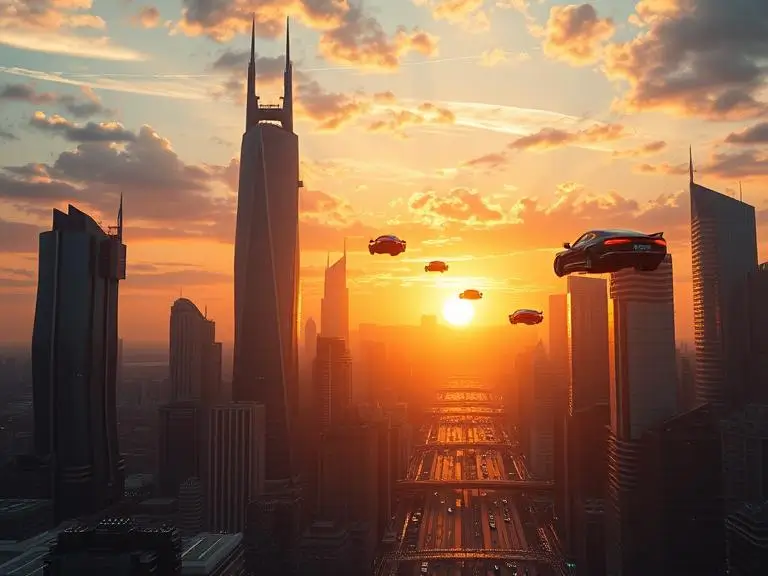
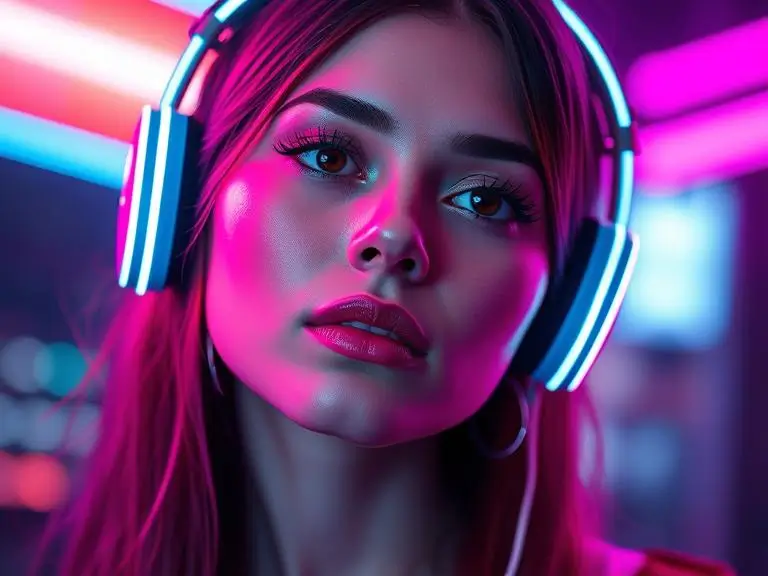
Dall-E 3
Dall-E 3 remains a major force in the AI Image Creation Software landscape. Developed by OpenAI, it pushes boundaries in prompt interpretation and visual quality. Dall-E 3 is now deeply integrated with ChatGPT, making it an incredibly intelligent and conversational image creation companion.
Pros
Top-Tier Quality: Dall-E 3 is renowned for its unmatched image fidelity, texture rendering, and lighting precision.
Deep Prompt Understanding: It can understand long, descriptive prompts with emotional tone and context, making it ideal for storytelling visuals.
Built-in with ChatGPT: You can directly describe your image needs within ChatGPT (using the “image” tool), and get instant high-quality results.
Cons
Premium Access Required: Full access to Dall-E 3 is available only to ChatGPT Plus users.
Learning Curve: Users unfamiliar with prompt crafting may need time to understand how to get specific styles and compositions.
Specs and Configurations
Platform: Web-based access via ChatGPT, with API availability for developers.
Output Resolution: High-resolution by default, suitable for both print and digital use.
Aspect Ratios: Allows portrait, landscape, and square formats.
Example Image Prompts
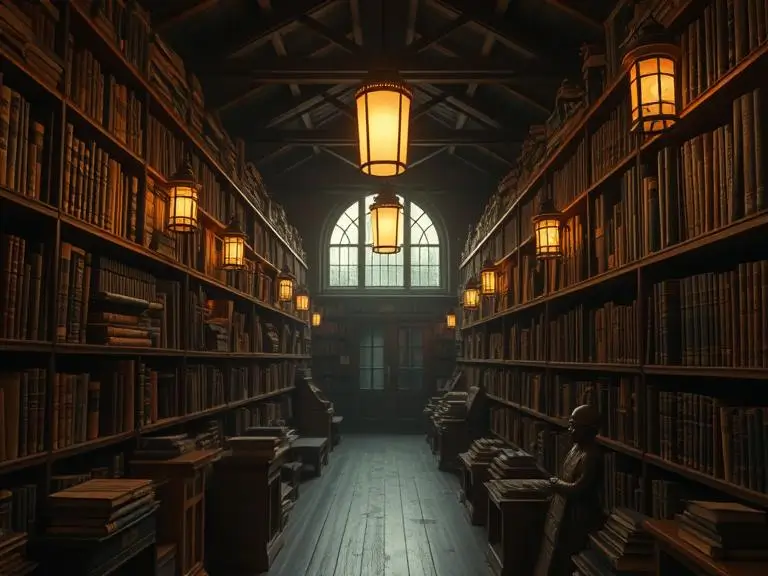
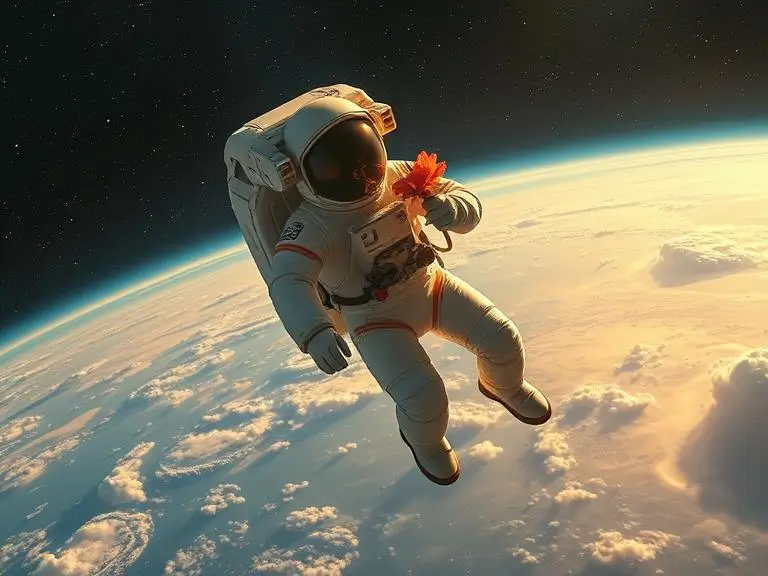
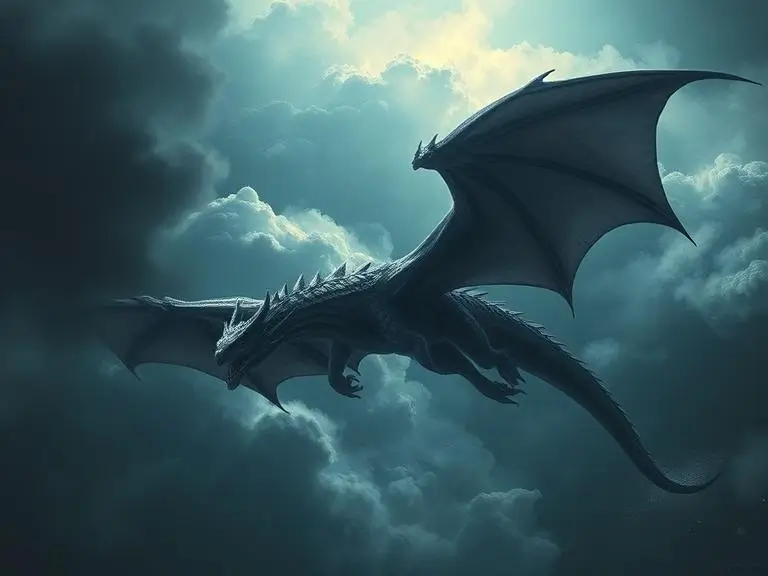
Why These Tools Rank Highest in 2025
Zooli.ai and Dall-E 3 lead the pack because they offer both usability and depth. Zooli.ai is ideal for those who want speed, modern styles, and ease of use. Dall-E 3 excels in complex prompt execution and photorealism, especially when paired with conversational tools like ChatGPT.
These platforms are continually evolving with features that meet the demands of professional and casual users alike—making them the best choices in this fast-growing space.
Best Free AI Image Creation Software
When it comes to creating stunning visuals without spending a dime, Leonardo AI stands out as the top choice in 2025. It is the best free AI image creation software available today, thanks to its balance of speed, quality, and community features. Whether you’re an artist, content creator, or social media enthusiast, Leonardo AI offers a powerful toolkit for generating AI images — with no upfront cost.
Leonardo AI
Leonardo AI is designed for both casual and professional users looking to explore AI-generated imagery without expensive subscription plans. It provides daily free credits, community-driven styles, and rapid image rendering—all accessible through a user-friendly web interface.
Pros
Free Daily Credits: Every user gets free image-generation credits daily, making it highly accessible even without a paid plan.
Fast Image Generation: Leonardo AI stands out for its rendering speed. Most images are generated in just a few seconds, even in high detail.
Community-Created Styles: The platform offers a wide variety of pre-built styles shared by its user community. This includes anime, fantasy art, product design, architecture, and more.
No Software Installation Needed: It’s a completely web-based solution with no downloads or plugins required.
Cons
Watermarks on Free Tier Images: Users on the free plan may notice subtle watermarks on their final images, which can be distracting for commercial use.
Limited Commercial Licensing: While perfect for personal and exploratory use, commercial rights are restricted unless you upgrade to a paid plan.
Specs and Configurations
Platform Compatibility: Fully accessible via browser, with mobile optimization for both Android and iOS devices.
Image Output Formats: Supports PNG and JPG download formats, ideal for blogs, portfolios, and social sharing.
Prompt and Model Control: Users can select different models and styles with custom prompts to fine-tune their results.
Aspect Ratios and Resolutions: Allows output in square, vertical, and landscape formats, with adjustable resolution settings.
Example Image Prompts
To showcase Leonardo AI’s image generation capabilities, here are three image prompts you can use to create sample visuals for your blog or portfolio:
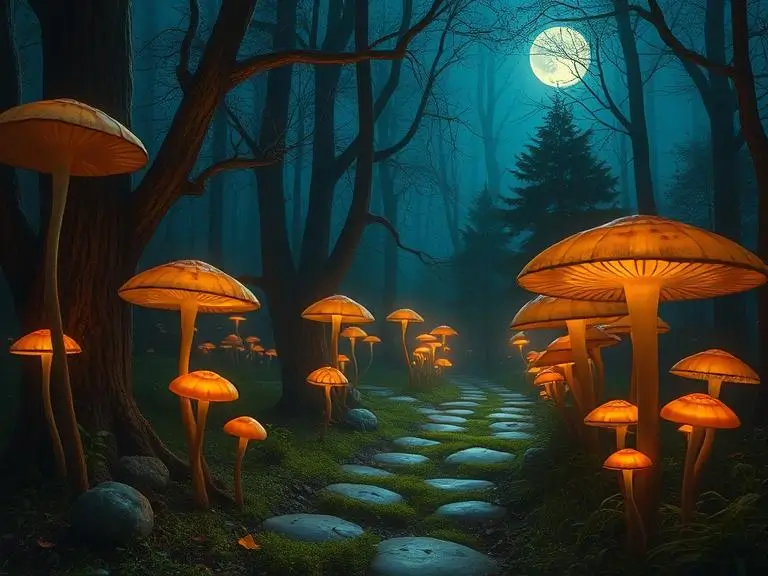
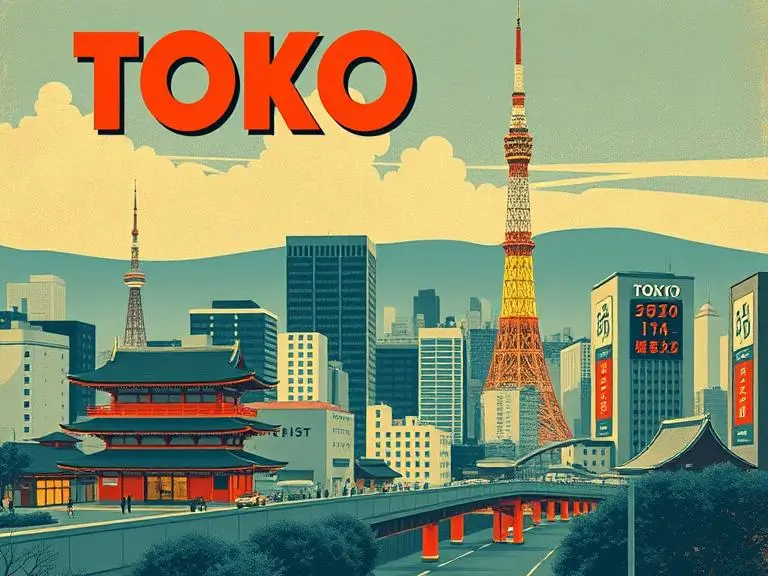
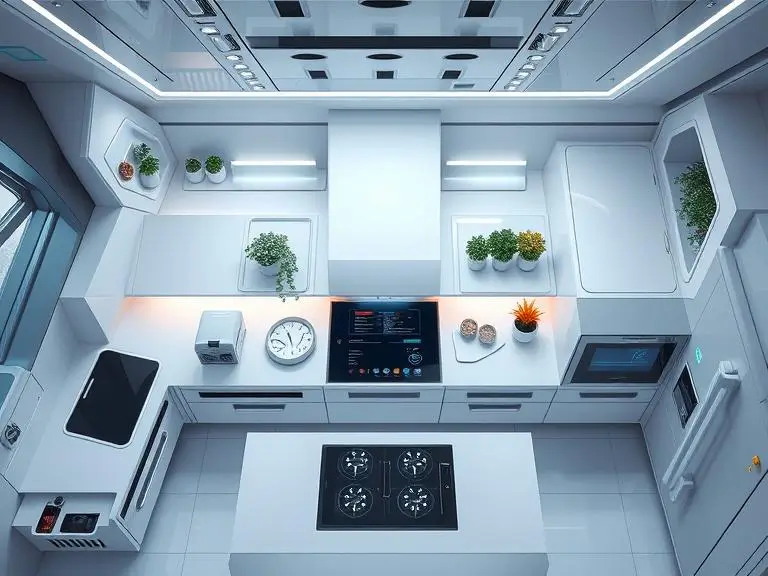
Why Leonardo AI Is the Best Free AI Image Generator in 2025
Leonardo AI earns its place as the best free AI image creation software because it removes traditional barriers to AI-generated art. You don’t need a credit card to explore the platform, and its high-speed engine delivers results on par with many premium tools.
With its open community model, constant template evolution, and intuitive control system, Leonardo AI is ideal for users who want maximum creative freedom without the financial commitment. Whether you’re prototyping visuals for a game, crafting storyboards, or building social media graphics, this platform gives you everything you need to begin.
Best AI Image Creation Software for Professionals
For creative professionals, precision, commercial licensing, and seamless design integration are non-negotiables. That’s where Adobe Firefly excels. As part of the Adobe Creative Cloud ecosystem, Firefly is more than just an AI image generator—it’s a full-featured AI image creation software built specifically for graphic designers, advertisers, and digital artists.
Adobe Firefly
Adobe Firefly was developed with professional-grade workflows in mind. It delivers the power of generative AI without compromising design standards, licensing safety, or integration with industry tools. Unlike many standalone platforms, Firefly directly connects to Photoshop, Illustrator, Express, and Adobe Stock, allowing creative professionals to streamline their entire process within a single suite.
Pros
Seamless Creative Cloud Integration: Adobe Firefly is fully integrated into Adobe’s design tools. You can generate an image in Firefly and instantly enhance or edit it in Photoshop or Illustrator.
Commercial Use Ready: Firefly was built to generate images that are safe for commercial projects. All assets are trained on licensed and public domain data, reducing the risk of copyright issues.
Design-Focused Features: The tool offers AI-assisted text effects, font styling, image recoloring, and vector-based outputs—giving professionals pixel-level control over their final product.
Responsive Typography and Visual Elements: Perfect for poster creation, branding, advertising visuals, and editorial design.
Cons
Adobe Subscription Required: Access to Adobe Firefly’s premium features requires a Creative Cloud subscription, which may be costly for freelancers or casual users.
Learning Curve: While the UI is clean, the range of options may feel overwhelming to users unfamiliar with Adobe’s ecosystem.
Specs and Configurations
Platform Access: Web-based with tight integration into Photoshop, Illustrator, and Adobe Express.
File Output Types: Includes JPG, PNG, SVG (for vector), and layered PSD formats.
Unique Tools: Includes features like AI text effects, generative fill, background extension, and color matching to existing brand assets.
License Type: All outputs are safe for commercial use under Adobe’s content terms.
Example Image Prompts
Here are three image prompts ideal for generating high-end visual assets using Adobe Firefly. These prompts are tailored for professional use cases like advertising, branding, and publishing.

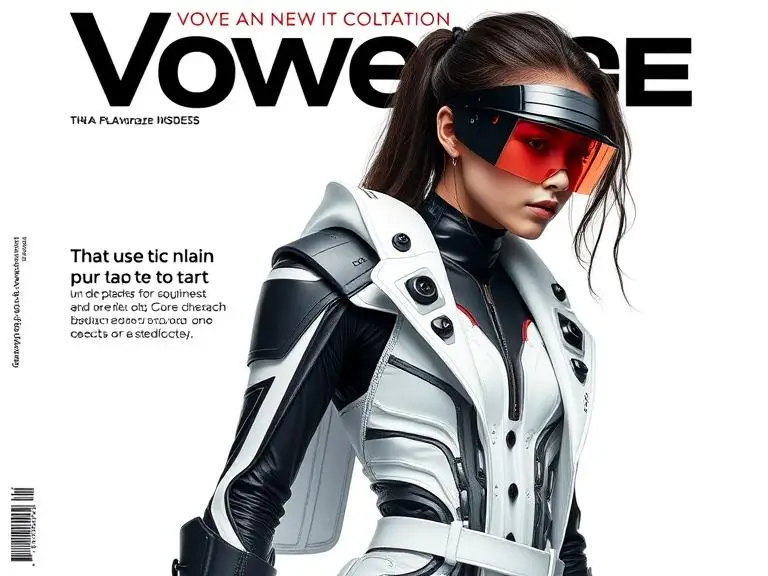
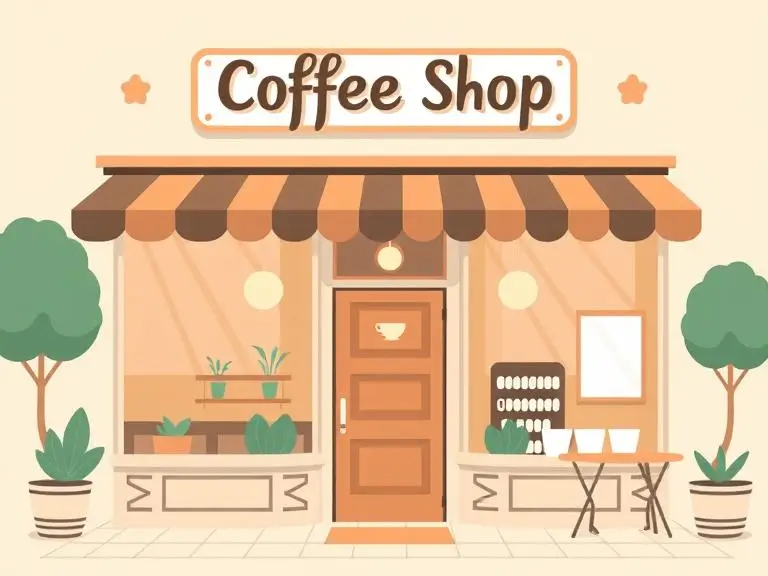
Why Adobe Firefly Is the Best Choice for Professionals in 2025
Adobe Firefly isn’t just another AI image generator—it’s a robust AI image creation software engineered with professional quality and branding needs in mind. Its deep integration into Adobe’s design suite makes it uniquely powerful for marketers, agencies, and creatives who require both artistic freedom and commercial reliability.
In 2025, where AI visuals are flooding the market, Firefly stands apart by giving designers complete control over output resolution, file type, brand consistency, and license clarity—making it the smartest investment for professionals working at scale.
Best Beginner-Friendly AI Image Tools
For beginners looking to explore AI Image Creation Software without a steep learning curve, Canva AI Image Generator is the perfect entry point. Known for its intuitive drag-and-drop interface, Canva combines creative freedom with simplicity, making it ideal for students, entrepreneurs, social media managers, and small business owners who need eye-catching visuals fast.
Canva AI Image Generator
Canva’s AI-powered image generation is built directly into its popular design platform. Whether you’re creating Instagram posts, YouTube thumbnails, presentations, or marketing flyers, you can now generate custom visuals using simple prompts—no prior design experience required. It makes AI creativity accessible to everyone.
Pros
User-Friendly Interface: Canva’s signature drag-and-drop design layout applies to its AI tools as well. You can enter a prompt, generate images, and place them directly into your design.
Built-in Templates: With thousands of templates for social media, resumes, flyers, and posters, Canva makes it easy to turn your AI-generated images into complete designs.
All-in-One Platform: Edit, style, and share your designs without switching between apps. Canva supports text, shapes, icons, video, and image layers in one editor.
Instant Sharing: Download designs or share directly to social media platforms with a single click.
Cons
Basic Image Quality Compared to Pro Tools: While the images are decent, they may lack the detail and realism seen in platforms like Dall-E or Adobe Firefly.
Limited Customization: Prompts are simplified, and control over lighting, style, or composition is more basic than in advanced AI tools.
Specs and Configurations
Device Support: Fully functional on both desktop browsers and mobile apps (iOS and Android).
Image Output Options: Download AI-generated images as part of your design in PNG, JPG, or PDF format.
Editing Capabilities: Seamlessly edit AI images within the Canva editor—resize, crop, add filters, overlay text, and more.
Usage: Ideal for content marketing, event invites, digital ads, infographics, and educational content.
Example Image Prompts
Here are three easy-to-use prompts ideal for Canva’s AI image generation engine. These prompts are great for beginners and can be directly used in templates for marketing or social media design:

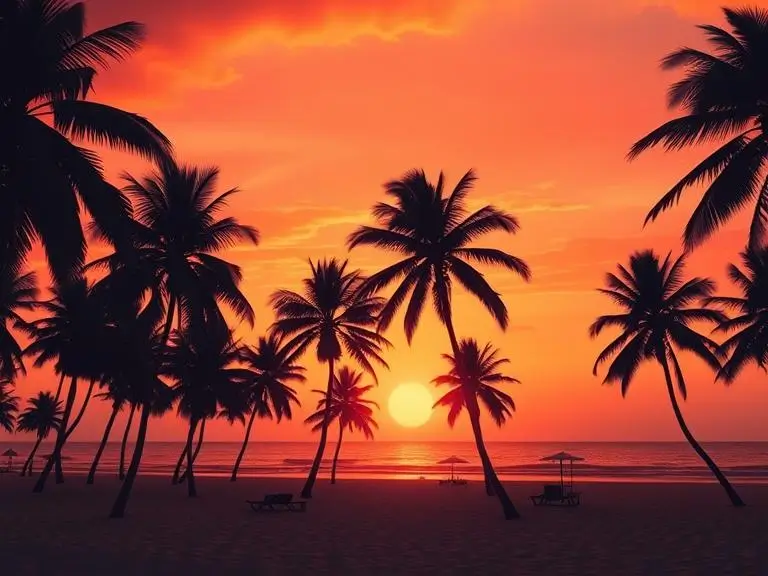

Why Canva AI Image Generator Is Best for Beginners
The Canva AI Image Generator takes the intimidation out of AI-powered design. It’s built for everyday users who want to create beautiful, functional visuals quickly. The combination of easy-to-use tools, built-in templates, and one-click sharing makes it one of the most accessible AI image creation software tools on the market.
In 2025, where AI design tools are growing in complexity, Canva offers simplicity without sacrificing creativity. It’s the go-to solution for educators, influencers, students, and solo entrepreneurs who want beautiful visuals—without the tech learning curve.
How We Tested AI Image Creation Software
To determine the best AI image creation software of 2025, we applied a rigorous testing process that evaluated each tool’s performance across five core criteria. These benchmarks ensure the software meets real-world creative needs, whether you’re a designer, marketer, or beginner exploring AI-generated visuals.
We tested each AI image generator—including Zooli.ai, Dall-E 3, Leonardo AI, Adobe Firefly, and Canva—based on usability, image quality, speed, versatility, and commercial safety. Below is a breakdown of our evaluation framework.
Usability: How Easy Is the Software for Different Experience Levels?
We tested how quickly users could generate usable images from prompts without needing extensive design knowledge.
For beginners: We examined if the platform offered a low learning curve with helpful templates or guidance.
For professionals: We looked for customization options, layer support, and integrations with design tools.
Findings: Canva and Zooli.ai ranked highest in usability due to their drag-and-drop interface and minimal setup, while Adobe Firefly provided deep control for seasoned designers.

Output Quality: Sharpness, Detail, Realism, and Prompt Accuracy
We submitted the same prompts across all tools to assess how accurately they interpreted the user input and the quality of final images.
We rated results based on:
Detail clarity
Color accuracy
Style coherence
Depth and composition
Findings: Dall-E 3 and Adobe Firefly delivered the most lifelike, professional-level results. Zooli.ai followed closely with stylized, trendy outputs perfect for digital use.
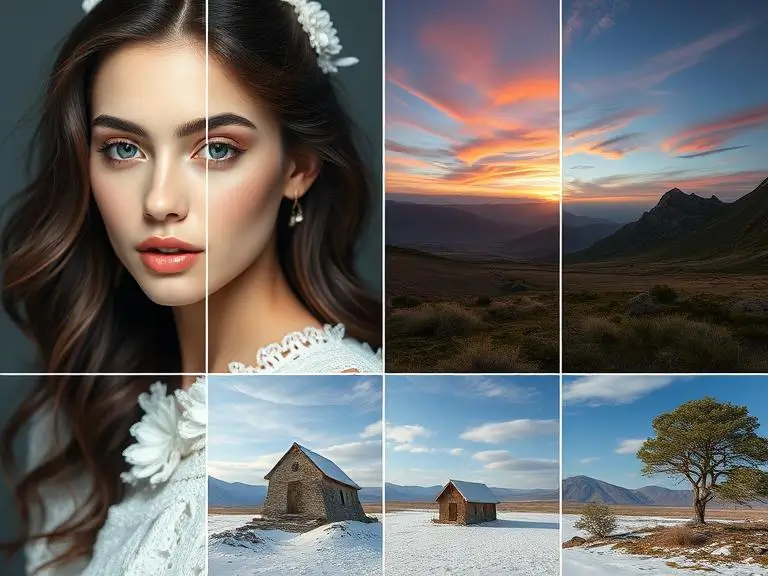
Speed: How Quickly Can Images Be Generated?
Rendering speed matters—especially for content creators working under deadlines. We measured how long each software took to generate an image from prompt submission to final download.
Tools were tested on desktop and mobile
Standard prompts were used to ensure fairness
Internet connection remained consistent throughout testing
Findings: Leonardo AI led in generation speed, often producing results in under 10 seconds. Canva also provided quick generation when used with templates. Adobe Firefly and Dall-E 3 took longer due to advanced processing, but delivered higher detail.
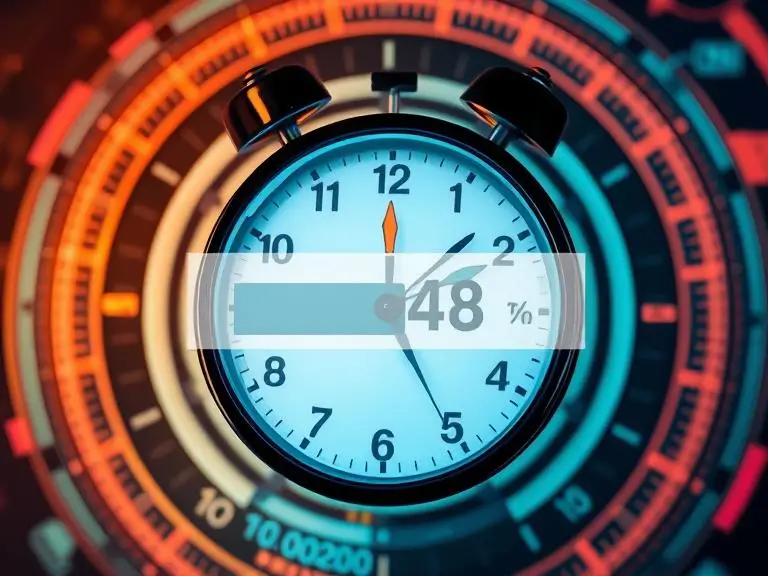
Versatility: Range of Output Styles and Formats
We evaluated how many design types each software could produce and how well they adapted to different use cases:
Marketing visuals
Portraits and character design
Social media graphics
Product mockups
Posters and vector artwork
Findings: Adobe Firefly and Zooli.ai were highly versatile, supporting both raster and vector-based outputs. Canva and Leonardo offered built-in presets for quick adaptation to common formats like Instagram posts or flyers.
Licensing: Are Images Safe to Use Commercially?
We thoroughly reviewed the licensing policies for each platform to determine if AI-generated images were safe for commercial use without legal risks.
Adobe Firefly was the only platform to explicitly guarantee safe commercial usage by training on licensed and public domain content.
Zooli.ai and Leonardo AI provided clear usage rights but suggested caution for high-profile commercial projects.
Dall-E 3 images were safe for use through ChatGPT Plus, but terms should be verified per use case.
Canva offers commercial use under its Pro license but has limitations on certain elements.
AI Image Creation Software FAQs
These are the most frequently asked questions about AI image creation software in 2025. Whether you’re a designer, marketer, content creator, or curious beginner, these answers help guide you to make the most of this fast-evolving technology.
What is the best AI image creation software?
Zooli.ai is considered the best AI image creation software in 2025 due to its perfect balance of user-friendliness, speed, prompt accuracy, and trend-aligned styles. It’s browser-based, supports mobile use, and offers preset styles that resonate with modern design trends.
Zooli.ai’s ability to generate high-resolution images with very little effort makes it ideal for both beginners and professionals. It’s also frequently updated with new artistic models, ensuring fresh and relevant outputs for every industry.

Is there a free AI image creation software?
Yes, Leonardo AI is among the top free AI image creation tools in 2025. It provides a generous daily credit system, fast generation speeds, and access to a growing library of community-created styles.
While the free plan includes some limitations—such as watermarking and restrictions on commercial use—it’s still powerful enough for casual designers, students, and those testing ideas before investing in premium plans.
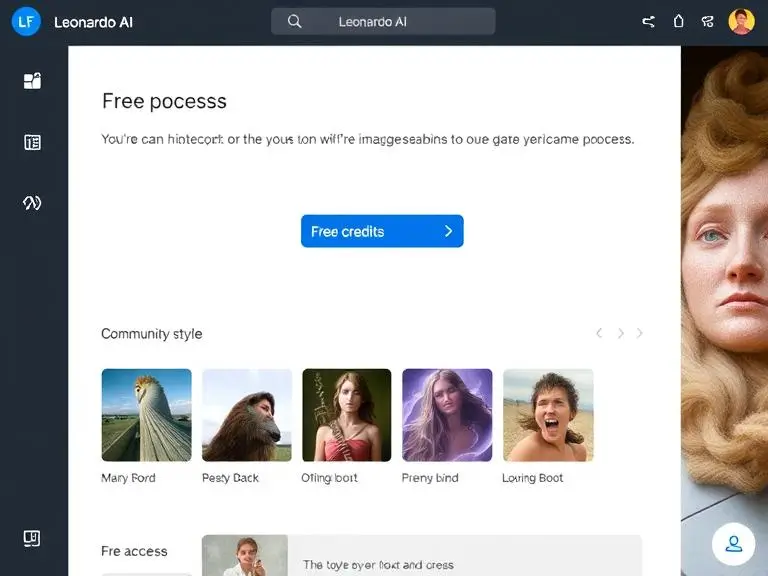
How can I create the best AI images?
Creating powerful visuals with AI image creation software depends heavily on how you write your prompt. To get the best results:
Be clear and descriptive (e.g., “a foggy mountain trail at sunrise with hikers”).
Include visual styles (e.g., “cyberpunk”, “photorealistic”, “watercolor”).
Mention lighting, colors, or perspective.
Specify subject and setting clearly to avoid abstract or distorted outputs.
Also, understand that each platform has its strengths. For example, Zooli.ai excels with modern aesthetics, while Adobe Firefly may work better for text styling or professional mockups.
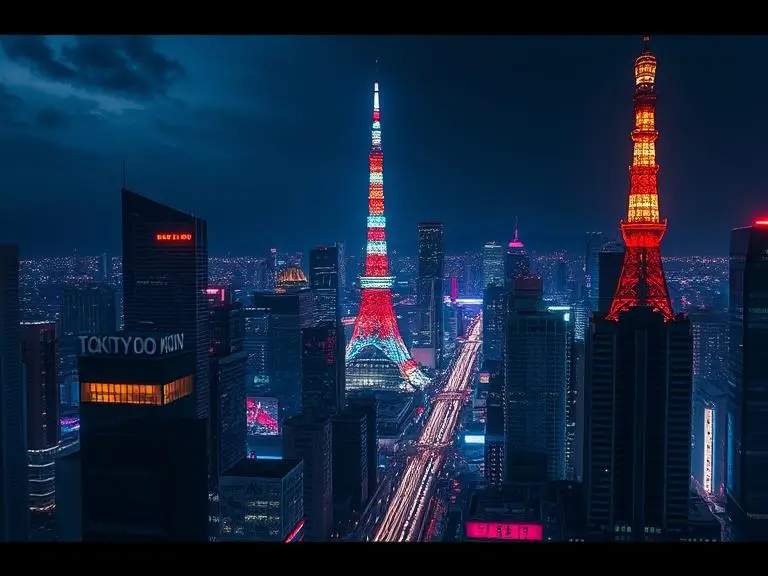
Why does my AI-generated image look strange?
If your AI image looks distorted or off, it could be due to several reasons:
Vague prompts: If your input lacks specificity, the AI fills gaps with unpredictable elements.
Conflicting descriptors: Words like “futuristic and vintage” may confuse the generator unless clearly styled.
Model limitations: Not all tools are equally trained on every art style or object category.
Low-resolution settings: Always check if you’re exporting at the highest resolution available.
Refine your prompt by including fewer, more focused descriptors. Test variations of your prompt to discover what works best for your chosen software.
Should I disclose that my image was created with AI?
Yes, and it’s becoming increasingly important. When using AI-generated images for commercial, educational, journalistic, or client-facing content, transparency is key. Disclosure:
Builds trust with your audience.
Ensures compliance with content authenticity standards (especially in journalism or ads).
Protects you from future legal or platform-related issues regarding synthetic media.
Some platforms, like Adobe Firefly, offer AI content credentials, which can automatically embed AI metadata for compliance.
Conclusion
In 2025, AI image creation software has revolutionized the way individuals and businesses generate visual content. From powerful tools like Zooli.ai, which lead the market with their intuitive design and output quality, to accessible platforms like Leonardo AI and Canva, there’s an option for every skill level and use case. Professional designers benefit from the advanced capabilities of Adobe Firefly, while casual users can quickly create eye-catching graphics with minimal effort. By understanding the strengths, limitations, and best practices of each tool—including how to craft effective prompts and use images responsibly—you can unlock the full creative potential of AI. Whether you’re designing for social media, marketing campaigns, or personal projects, the right AI image tool can elevate your visuals with speed, style, and innovation.

